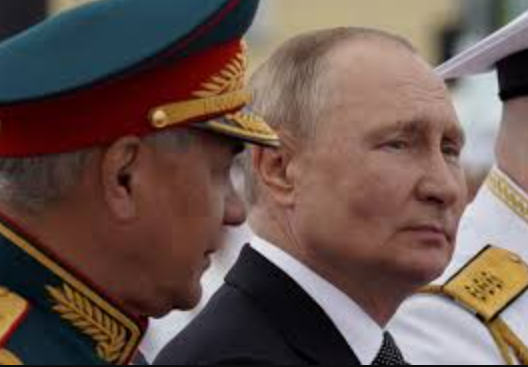The Russia-Ukraine war, now stretching into its third year, has seen multiple twists on the battlefield. However, recent developments have dealt a significant blow to Russia’s military operations. Ukrainian forces have successfully targeted and destroyed key Russian military assets, triggering what analysts are calling a major setback for Moscow’s war strategy. Ukraine strikes key Russian military assets
Precision Strikes and Strategic Planning
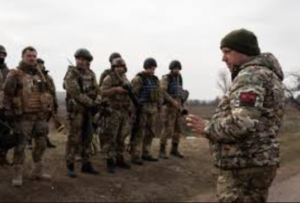
In the past few weeks, Ukraine has ramped up its precision drone and missile strikes deep into Russian-occupied territories. Ukrainian intelligence, supported by Western surveillance, has enabled high-impact targeting of command centers, air defense systems, ammunition depots, and radar stations. Ukraine strikes key Russian military assets
One of the most significant incidents involved a successful long-range missile strike on a Russian S-400 air defense system in Crimea. This not only weakened Russia’s defensive capability in the south but also exposed its vulnerability to modern warfare tactics. Ukraine strikes key Russian military assets
Key Military Assets Damaged or Destroyed
Ukrainian forces have focused on disabling Russia’s logistical and defensive infrastructure. Among the key military assets targeted:
-
S-400 and S-300 air defense systems in Crimea and Donetsk
-
Ammunition storage depots near Belgorod and Kherson
-
Radar and surveillance systems used to track Ukrainian drone activity
-
Mobile command posts used for coordinating Russian artillery
-
Military convoys supplying front-line troops in Zaporizhzhia and Luhansk
Each of these hits has slowed Russian momentum and made troop movements riskier and less coordinated.
Impact on Russian Morale and Strategy
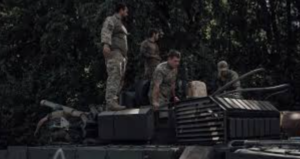
These strategic losses have created a dip in morale among Russian troops, many of whom now face increased uncertainty about leadership and supplies. Reports from intercepted communications suggest confusion within Russian ranks and hesitation among field commanders.
Moscow is finding it difficult to adapt quickly. Experts claim that Russia’s centralized command structure, though historically strong, is now becoming a liability. Delayed decision-making and vulnerability to intelligence leaks are hurting battlefield response time.
Ukrainian Tactical Evolution
Ukraine’s ability to strike deeper and with more accuracy is a testament to their tactical evolution. Over time, they’ve moved from defending territory to offensive disruption tactics—crippling Russia’s ability to wage sustained war.
Ukrainian forces have effectively combined NATO-supplied weapons with homemade drones and guerrilla tactics. The combination has made them unpredictable. More importantly, it has widened the battlefield far beyond the traditional frontlines.
Western Support Plays a Key Role
Ukraine’s success in hitting Russian assets isn’t happening in isolation. Western intelligence and satellite surveillance systems have played a pivotal role. HIMARS missile systems, Storm Shadow air-launched cruise missiles, and U.S.-made Reaper drones have been used effectively in these precision operations.
The West’s logistical and technical support continues to be a major factor in Ukraine’s resilience and strength. NATO officials have indicated that training programs and battlefield intelligence sharing are ongoing and will likely expand further in coming months.
Russia’s Countermeasures Falling Short
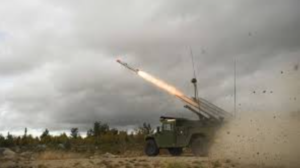
Russia has attempted to defend against these strikes using electronic jamming, radar systems, and surface-to-air missiles. However, Ukraine has increasingly found ways to bypass these defenses.
Several drone strikes have reached as far as Moscow’s suburbs, raising questions about the true effectiveness of Russia’s homeland security apparatus. These deep incursions have become not only militarily significant but also symbolically embarrassing for the Kremlin.
Global Reactions to the Setback
International observers have taken note. Military analysts from the U.S., U.K., and Germany have labeled the recent developments as a “turning point” in the dynamics of the war. While not yet decisive, the damage inflicted on Russia’s operational assets may slow their future offensives significantly.
China and India, two nations that have remained neutral so far, have also expressed “concern” over the growing instability. Meanwhile, NATO leaders are using this opportunity to push for increased aid to Ukraine as a means to maintain momentum.
Russia’s Strategic Dilemma
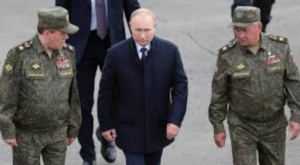
Vladimir Putin and his generals now face a strategic dilemma. Should they commit more troops and risk further losses, or retreat and risk losing already occupied areas? Internal sources suggest that military command is divided, with some generals pushing for aggressive retaliation and others recommending consolidation.
This internal debate reflects the broader instability within the Russian command hierarchy. Replacing lost equipment is also proving difficult due to international sanctions and the depletion of Russian military industry.
What Lies Ahead?
Ukraine has shown that it can go beyond just defending its borders. By striking Russia’s military nerve centers, they are shifting the momentum. The coming months will likely determine whether this setback becomes a permanent change in battlefield dynamics or just a temporary hiccup for Moscow.
However, one thing is clear: Russia can no longer assume its military infrastructure is safe—even hundreds of kilometers from the frontline.
Conclusion
The major setback for Russia is not just about physical losses. It’s a blow to Russian strategy, morale, and global image. With Ukraine growing stronger and bolder in its tactics, Moscow faces a new chapter in a war it thought it would win swiftly.
This evolving phase reflects the power of asymmetric warfare, modern military intelligence, and the sheer resilience of a nation fighting for its survival.
